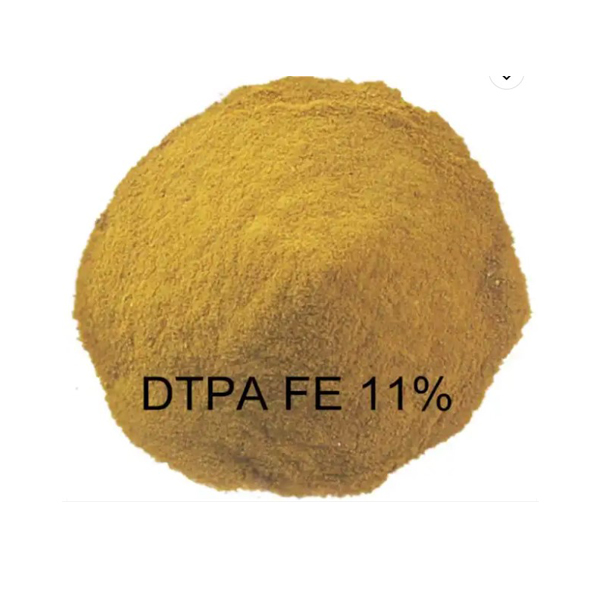
News
Nov . 16, 2024 23:35 Back to list
chelating agent for iron oxide
Understanding Chelating Agents for Iron Oxide
Iron oxide is one of the most prevalent and important compounds in nature, playing a crucial role in various environmental, industrial, and biological processes. However, its presence in certain forms can lead to challenges—especially in terms of bioavailability of iron in soils and its solubility in aqueous environments. One effective way to address these challenges is through the use of chelating agents, which can bind to iron ions, improving their solubility and bioavailability. This article explores the significance of chelating agents for iron oxide, their types, mechanisms, applications, and their relevance in various fields.
What Are Chelating Agents?
Chelating agents, or chelators, are large organic molecules that can form multiple bonds with a single metal ion. They are typically composed of functional groups capable of donating electrons to the metal ion, creating a stable, ring-like structure known as a chelate complex. This bonding process effectively isolates the metal ion from the environment, which can enhance its solubility and transport in aqueous solutions.
Types of Chelating Agents for Iron Oxide
Various chelating agents are available for binding iron ions present in iron oxide. Some common examples include
1. EDTA (Ethylenediaminetetraacetic Acid) One of the most widely used chelating agents, EDTA can bind multiple metal ions, including iron. It forms stable complexes, enhancing iron's mobility in soils and waterways.
2. Citric Acid A natural chelator found in citrus fruits, citric acid can effectively bind iron, making it more bioavailable for plants and organisms. It is often utilized in organic farming due to its safety and efficacy.
3. Lactic Acid This organic acid is produced naturally during fermentation processes. Lactic acid’s ability to chelate iron ions makes it valuable in both agriculture and medicine, particularly in enhancing iron absorption in dietary applications.
4. Tartaric Acid Found in grapes, tartaric acid also possesses chelating properties. Its application in winemaking and agriculture highlights its role in iron management.
chelating agent for iron oxide

5. Humic Substances These organic compounds derived from decomposed organic matter possess natural chelating properties. They are crucial in soil chemistry, enhancing nutrient availability and improving soil structure.
Mechanism of Chelation
The chelation process involves the formation of a stable complex between the chelating agent and the iron ion. The electron donor atoms in the chelating agent coordinate with the iron, effectively locking it in a stable structure and preventing it from participating in undesirable reactions, such as precipitation or oxidation. This process not only increases the solubility of iron oxide but also protects it from being rendered unavailable to plants and microorganisms.
Applications of Chelating Agents in Iron Oxide Management
1. Agriculture In agricultural settings, the application of chelating agents enhances iron availability in the soil, benefitting plant growth—particularly for iron-demanding crops. This is especially important in calcareous soils, where iron is often insoluble.
2. Environmental Remediation Chelating agents can play a significant role in soil and water remediation by mobilizing iron from contaminated sites. They help in the bioremediation processes by facilitating the transport of iron ions, which are essential for microbial activity in degrading environmental pollutants.
3. Pharmaceuticals In medicine, chelating agents have been used to treat iron overload conditions (such as hemochromatosis) by binding excess iron within the body, facilitating its excretion.
4. Industrial Applications In various industrial processes, chelators are used to maintain the stability of iron in different systems—be it in water treatment or in the formulation of paints and coatings.
Conclusion
Chelating agents for iron oxide play an integral role across various fields, from agriculture to pharmaceuticals and environmental remediation. Their ability to improve iron solubility and bioavailability is invaluable, addressing critical challenges related to nutrient management and ecological health. As research continues to unveil new chelators and their applications, the importance of these compounds in managing iron oxide will undoubtedly evolve, contributing to advancements in sustainable practices and technologies.
-
Polyaspartic Acid Salts in Agricultural Fertilizers: A Sustainable Solution
NewsJul.21,2025
-
OEM Chelating Agent Preservative Supplier & Manufacturer High-Quality Customized Solutions
NewsJul.08,2025
-
OEM Potassium Chelating Agent Manufacturer - Custom Potassium Oxalate & Citrate Solutions
NewsJul.08,2025
-
OEM Pentasodium DTPA Chelating Agent Supplier & Manufacturer High Purity & Cost-Effective Solutions
NewsJul.08,2025
-
High-Efficiency Chelated Trace Elements Fertilizer Bulk Supplier & Manufacturer Quotes
NewsJul.07,2025
-
High Quality K Formation for a Chelating Agent – Reliable Manufacturer & Supplier
NewsJul.07,2025
